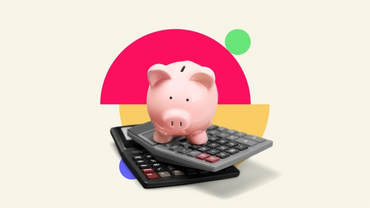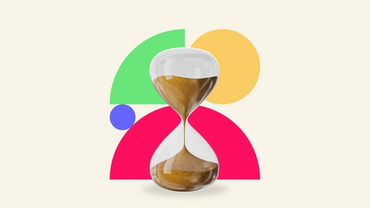Income Tax for Beginners | Bands, Rates & Free Calculator
What is Income Tax?
Over 39 million adults in the UK are set to pay Income Tax between 2025 to 2026.[1] Though you likely already pay for Income Tax automatically, it’s not often explained what it is, how it works and how to calculate how much of it you’re actually paying.
Income Tax is a tax that you pay to the UK government on your earnings and/or profits (your "taxable income") if they exceed the annual Personal Allowance, which is £12,570 for the 2025-26 tax year. This is the maximum amount you’re allowed to earn before you must start paying Income Tax.
It's usually deducted automatically by your employer, but if you're self-employed, HMRC will use information from your Self Assessment tax return to calculate how much to charge you.
Income Tax bands explained
The amount of Income Tax you need to pay depends on which tax band you fall into, which is calculated using your total annual income – that is, everything you earn over the course of the tax year (6 April to 5 April).
Your Income Tax band can also affect how much you need to pay for other types of tax, such as Capital Gains Tax on the profit you make from investments not shielded in an ISA, or your eligibility for tax relief and allowances, such as the Personal Savings Allowance (more on this later). The table below helps to break it down.
Income Tax Band | Taxable Income | Income Tax Rate |
Personal Allowance | Up to £12,570 | 0% |
Basic Rate | £12,571 to £50,270 | 20% |
Higher Rate | £50,271 to £125,140 | 40% |
Additional Rate | Over £125,140 | 45% |
Correct as at 2025-26 tax year.
What is taxable income?
Taxable income includes most types of earnings such as your wages or salary from work, but can also include things such as pensions and certain state benefits.
It’s important to understand what you do and don’t need to pay Income Tax on so you know that you’re paying the right amount and can identify an error if HMRC is incorrectly charging you.
*Income from popular trading websites such as eBay, Etsy and Vinted can contribute to your taxable income – even if you only sell things on them occasionally. Read more here.
What is the Personal Savings Allowance?
Your Personal Savings Allowance is the total amount of interest you’re allowed to earn from your savings (i.e. all your bank accounts - except for tax-exempt accounts like an ISA or pension) before you need to start paying Income Tax.
Your Personal Savings Allowance is connected to your usual Income Tax band. For the 2025-26 tax year, the Personal Savings Allowance is £1,000 for basic rate taxpayers and £500 for higher rate taxpayers. Additional rate taxpayers do not have any Personal Savings Allowance. The table below helps to illustrate:
Income Tax Band | Personal Savings Allowance |
Basic Rate | £1,000 |
Higher Rate | £500 |
Additional Rate | £0 |
Correct as at 2025-26 tax year.
When do you not have to pay Income Tax?
You do not have to pay any Income Tax at all if your total earnings are below the annual Personal Allowance of £12,570.
There are also some types of income or earnings which do not contribute to your taxable income. These include:
The first £1,000 of income from self-employment (this is your ‘trading allowance’)
The first £1,000 of income from property you rent (unless you’re using the Rent a Room Scheme)
Income from tax-exempt accounts, like ISAs and National Savings Certificates
Dividends received from company shares under the dividend allowance (currently £500)
Some state benefits, including Child Benefit, Universal Credit and the Disability Living Allowance (DLA)
Premium bond or National Lottery wins
Rent you earn from a lodger in your home that is below the Rent a Room Scheme threshold (currently £7,500)
You can read more about how Income Tax works and if you’re eligible for any exemptions on the gov.uk website here.
Check how much Income Tax you've paid
If you want to find out how much Income Tax you've been paying, you can log in to your Personal Tax Account on the HMRC website. Once you've set up your account, you can review:
Your current tax band and the rate you're paying
How much Income Tax you’ve paid in the current and previous tax years
Details of your income from employers, pensions, and benefits
If anything looks wrong, you can contact HMRC to review and correct your records. You can do this through your online account, or by phone if you prefer a human, on 0300 200 3300 (Mon-Fri, 8am-6pm).
---



